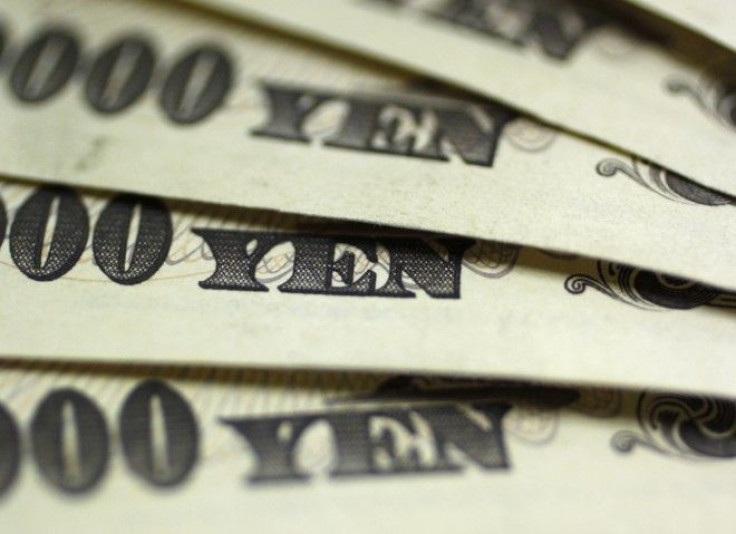BOJ intervention: will it work?

Japanese authorities have intervened to weaken the yen on Wednesday, their first efforts in six years. They intervened because of the recent surge in the yen, which makes Japanese goods more expensive abroad and thus more difficult to sell, thereby hurting the profits of exporters.
Analysts generally think the intervention was well executed and will perhaps work in the short-run. The long-term effectiveness, however, is uncertain.
Details
The intervention is reportedly unsterilized, meaning the Bank of Japan (BOJ) will essentially print/sell yen and leave the extra money supply in the system instead of draining it. Unsterilized interventions are seen as more impactful than sterilized interventions.
Traders estimate Wednesday's government intervention efforts amounted to about 1.5 trillion yen, or $17.67 billion, reported Thomson Reuters.
The intervention started in the morning in Japan. So far, the yen has rallied 270 pips, or 3.3 percent, against the U.S. dollar to trade at USD/JPY 85.58.
Short-Term
Market conditions were seen as favorable for intervention and likely magnified its impact.
Julian Jessop, chief international economist of Capital Economics, said there was no obvious reason to expect intervention at Wednesday's particular level or time, so surprise was on the authorities' side.
This means the market was somewhat caught off-guard by this move and if some players wanted to minimize its impact, they were not prepared to do so.
Kathy Lien, director of currency research at GFT Forex, said there was a historically high level of players who were long on the yen, according to IMF data. Japan's intervention, then, likely triggered many stop-loss orders, which feeds into the yen's decline.
Lien thinks Japanese authorities probably spooked some players who were shorting the dollar and long on the yen. In addition, further threats of intervention will be more credible because authorities pulled the trigger today. Therefore, Lien expects the 83 USD/JPY level to hold for the foreseeable future.
Long-Term
It is unclear, however, how committed the Bank of Japan will be going forward. Over 15 months from 2003 to 2004, the BOJ was very committed -- the central bank acted in all months except for one and intervention efforts routinely amounted to more than 1 trillion yen per day. Contrastingly, in the 1999 to 2000 period, its efforts were more often one and done.
The question now is which of these routes the BOJ will take, said Shaun Osborne, chief foreign exchange strategist at TD Securities.
Osborne also said it is difficult for intervention to work in the long-run if it is not supported by interest rate differentials (currencies that pay high interest rates tend to appreciate against lower yielding ones). Currently, interest rate differentials between the U.S. and Japan is eroding, which actually supports yen appreciation against the dollar.
Finally, the recent unsuccessful and expensive currency intervention of Switzerland's central bank should serve as a warning to Japan, said Osborne.
Jessop of Capital Economics also doubts if intervention will be effective in the long-run. One reason is that the BOJ is unlikely to intervene without limit, especially if the interventions are unsterilized. The BOJ is concerned about causing fresh asset bubbles and a surge in inflation, said Jessop.
However, he thinks the yen will decline against the dollar anyway, with or without the intervention.
The yen, considered a safe-haven currency, recently rose mostly because of fear, said Jessop. But these fears, particularly about the U.S. and China, are overdone. Plus, Japan's fiscal problems will likely undermine its safe-haven status.
For these reasons -- and not because of intervention -- Jessop expects USD/JPY to go to 90 by the year-end.
Email Hao Li at hao.li@ibtimes.com
Click here to follow the IBTIMES Global Markets page on Facebook.
Click here to read recent articles by Hao Li.
© Copyright IBTimes 2024. All rights reserved.











